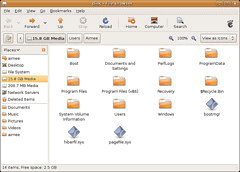There used to be a frequent occurrence at retail stores called “taking inventory”, an all-night process with an army of workers. It was a process of manually counting each unit of every product on the shelves to confirm the actual inventory with the inventory on the books. Together with other data like deliveries this helped confirm sales numbers, but that was about all the data was good for.
This process has come a long way with the use of purchasing systems, UPC codes and registers with barcode reading, all feeding the same database. Inventory is now up to the minute and able to generate automated workflows that send out restocking orders to the vendors.
So where is this going relative to document imaging and digital document management? The analogy is the same when comparing the use of a static file folder method of document storage with the use of a database driven document management application. A well designed file folder system on a network drive or in the cloud should allow you to find a document quickly if you know where to look. If you need more that, you should use a database driven system.
Document files stored in a folder hierarchy, no matter how well designed, will always have serious limitations. Here is a short list:
- Folders on a network drive will not alert you when documents are added, changed or deleted
- Folders need to be manually updated for every change, such as customer name change, otherwise files will be lost to some users
- Tracking folder activity on a shared network drive is almost impossible
- Folder based systems never know that a file is missing; for instance, it is required that each employee have a signed I-9
- Full text search or advanced searches are impossible – ie; all invoices between two dates
- Folder based systems don’t require a user to follow any naming convention or add any specific information to a file
Please contact us for more information or to get started today
For more information on Millennia Group, please go to www.mgdocs.com or email us at info@mgdocs.com

